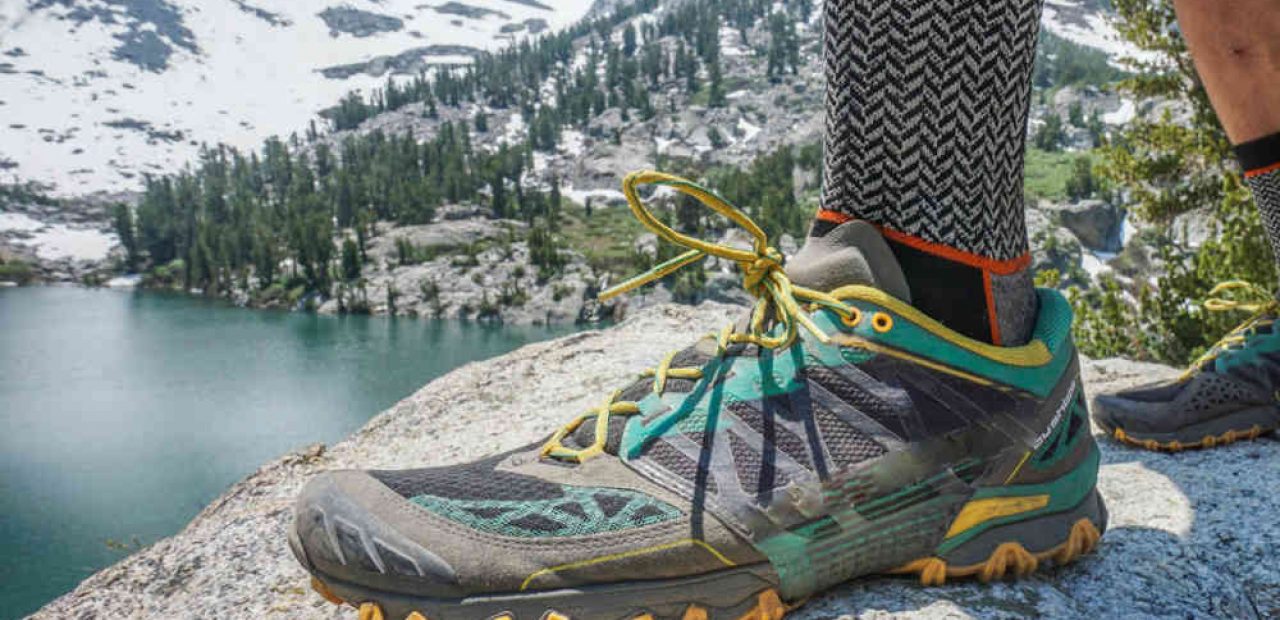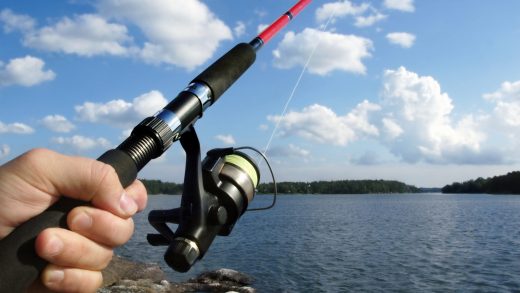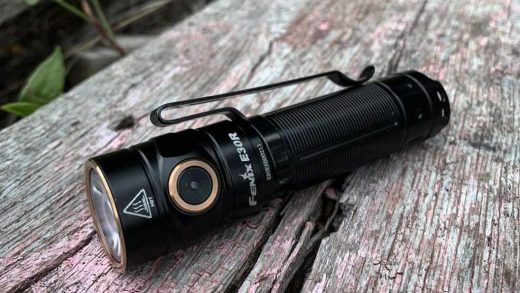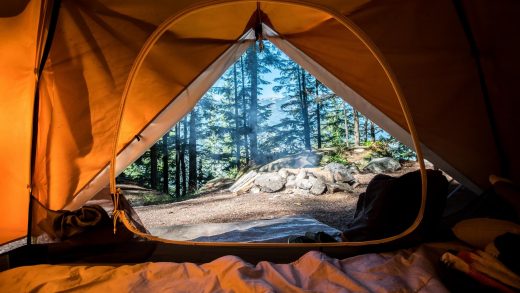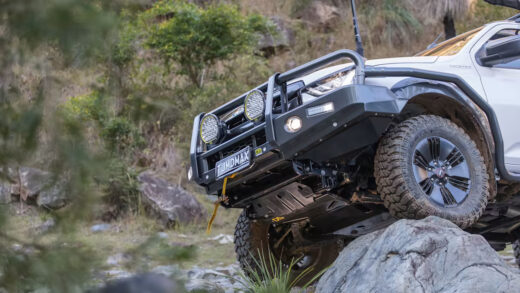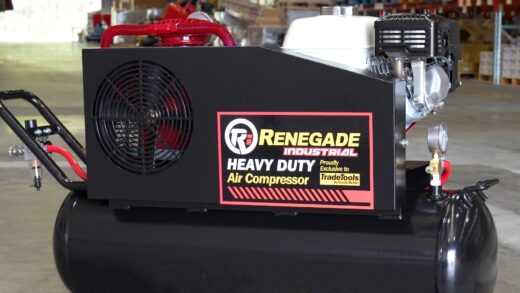Hiking Boots: How to Choose a Comfortable & Protective Pair
When going on a hiking trip, you’ve got to be well prepared. Even if you just want to improve your fitness level somewhere close to home, wearing the proper type of shoe for the occasion will help you avoid inconvenience down the line.
If you are buying your first pair of hiking shoes you are probably wondering what to look for. There is only one correct answer to that question: “depends on where you’re hiking.” A number of trails fall into the hiking category and hiking can be done in all kinds of terrain.
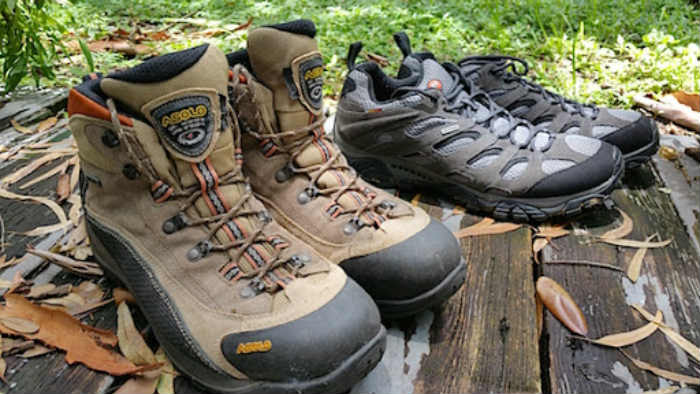
In essence, your shoes need to mirror the environment around you. If you expect harsh weather and tough terrain, then you need heavy-duty shoes. So, hiking that is done in an unpredictable climate, with potential exposure to water (crossing streams, heavy rain and snow) requires hiking shoes with sturdy and waterproof construction.
You should also look for proper support from the underfoot sole in the shoes. This will reduce the impact your feet get from the ground and help prevent sores and blisters. A cuff that wraps around the ankle is also very important, especially if you carry a backpack across an area with considerable incline or decline. And if it is hot, you need lightweight boots that allow your feet to breathe.
Another important thing you need to know is the fact that hiking is done in worn shoes. It is an unwritten rule: you have to break the shoes in before you commit to a long-distance hiking adventure. If you expect to buy your shoes and head to the bush straight from the shop, then you are in for an unpleasant surprise. Getting away without some sort of foot blisters is hardly ever possible with new shoes that are put straight into action.
As with any type of clothing, your hiking shoes should fit very well. But hiking is done on uneven surfaces. That means you should allow some wiggle room for the toes, to wear socks (that you would wear in the bush) and to have a lacing system that provides a firm grip on your leg.
That being said, let’s explore the different types of hiking shoes to choose from and the kind of situations they’re most suitable for.
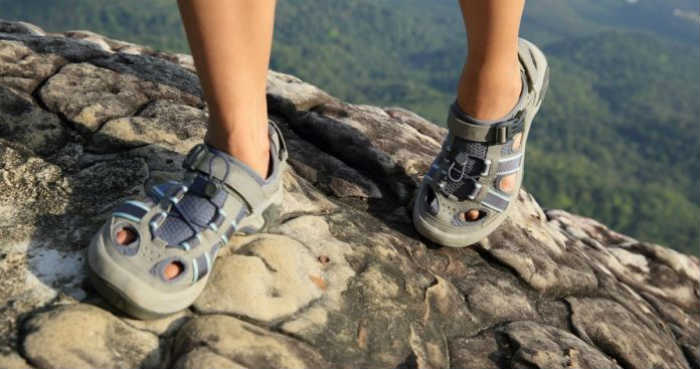
Contents
Sandals
This is the lightest, most breathable type of hiking shoe. And let’s be clear this is not just any sandal. It has to satisfy some basic requirements that make it suitable for hiking. You should aim for a shoe that provides the airflow of a sandal and the toe and sole protection of a shoe. Soles with a multi-directional lug pattern provide increased traction. And make sure they are quick-drying because chances are you will use them to get in an out of water.
Sandals are great for light hiking and inspecting the close vicinity of your outdoor camp in typically warm weather. Unlike your regular sandals, they need to provide excellent support which most often comes from a high-quality midsole.
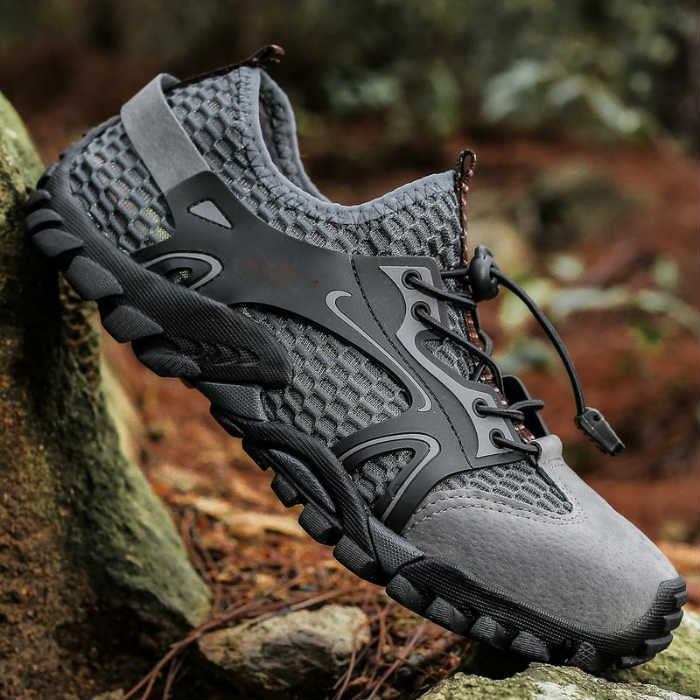
Light Hiking Shoes
These are the outback equivalent of the running shoes. The difference is in the flexible midsoles and the sturdy outer layer. These low-cut models are usually meant for day hiking. You can also take them to a long-distance backpacking trip (as an ultra-light fit) or wear them for trail-running.
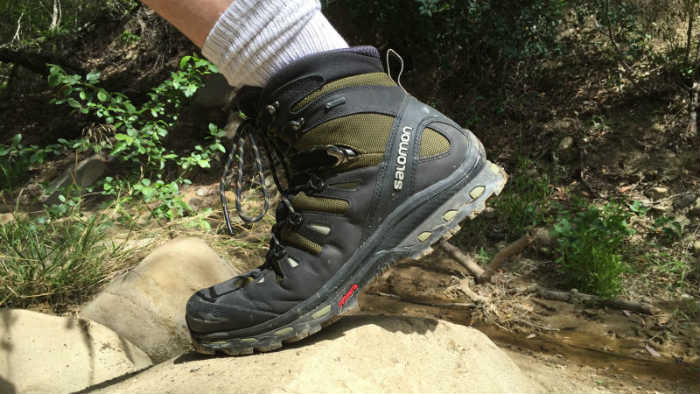
Backpacking Boots
This might well be the most typical sort of hiking boots. They are usually mid-cut or high cut models that protect the ankles. Made from fabric/leather combinations or split-grain leather and perfect for harsher environments. Those on the high end have waterproof/breathable liners. They are intended for day hiking of mid-level trails. If you carry a light load and need a shoe with a shorter break-in time, then this is the shoe for you.
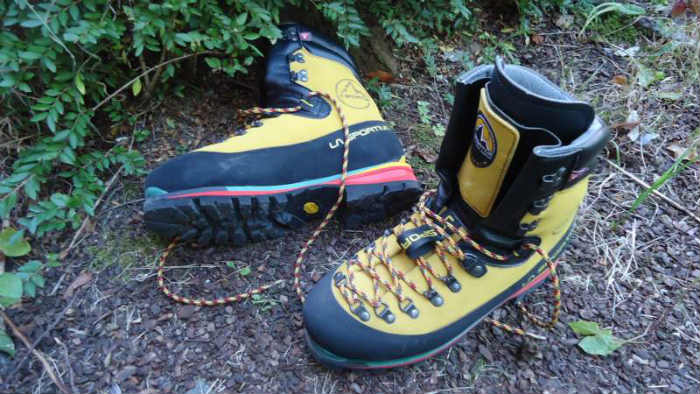
Mountaineering Boots
These are the must-have boots when exploring snowy, icy and alpine regions. They are made from full-grain leather uppers, minimal seams, and have a good amount of insulation. The traction on these shoes is excellent and suitable for attaching different ice climbing gear like crampons.
For these types of outdoor shoes, having good above-ankle support and rigid sole stability is a must. Test the heel slippage (should be minimal), and look for rubber rands along the contour. These are your off-trail boots meant for multi-day backpacking under heavy load. They can stand up against the toughest terrain: rocks, glacial trails and snow.
No Two Feet Are the Same
As much as you try to test the fit while shopping, it is simply not possible to know how the boots will feel over different terrains. A certain time and mileage has to pass before you can make an experience-based assessment. At that point, you will be able to further refine your comfort. For some, that means adding an insole to the shoe. For others, it’s changing the type of socks they use for particular rough patches on the trail. Whatever makes you feel comfortable – just do it.
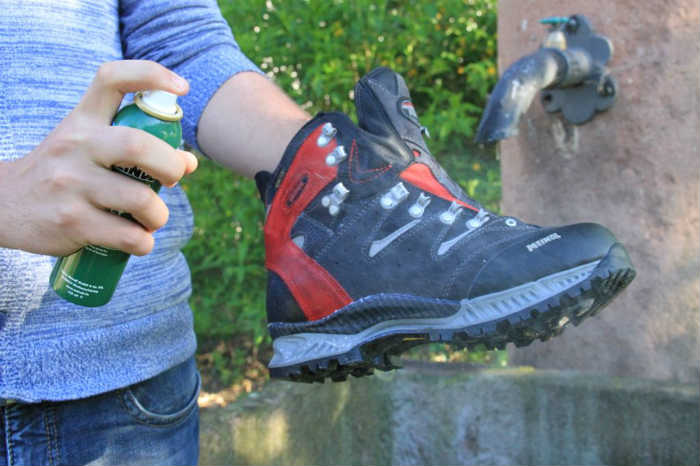
Outdoor Shoes Are Essential Gear – Take Care of Them
Out of all the gear that is made for outdoor use, the shoes probably are the most important. You can cover great distances without a good jacket (as long as the weather is fine), but if your feet are sore or injured in some way, you can end up being stuck and unable to move. This is the chief reason you should invest in high-quality hiking shoes.
If you are careful and deliberate in the way you use them, they will serve you a long time too. Good care and maintenance go a long way. Before you hit the trail, make sure you to apply a protective agent. Doing so will help preserve the leather and increase its service life. And keep them clean after each use. Just because they are outdoor shoes doesn’t mean their state should reveal details about your last adventure.

